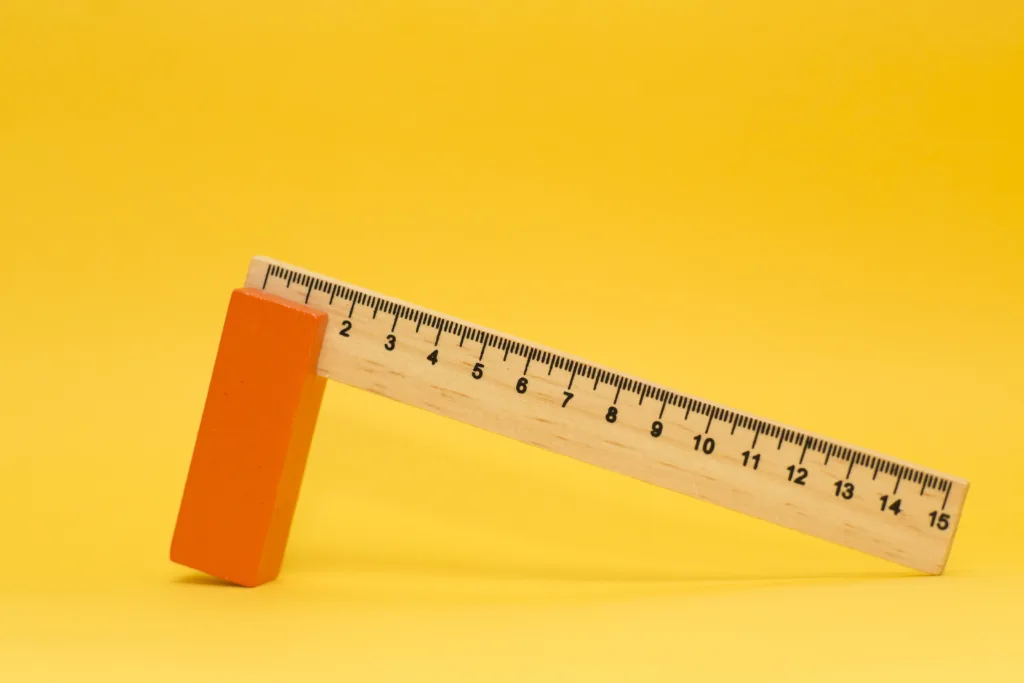The meter is a unit of measurement for length in the International System of Units (SI). It is defined as the distance light travels in a vacuum in 1/299,792,458 seconds. This definition enables scientists to have a standardized way of measuring length, which is essential in fields such as physics, engineering, and architecture.
One meter is equivalent to 10 decimeters. A decimeter is a unit of length that is equal to one-tenth of a meter. This means that 10 decimeters make up one meter. The decimeter is a useful unit of measurement when dealing with small distances, such as the length of a pencil or the width of a book.
In addition to decimeters, thee are other units of length that are commonly used in relation to the meter. For instance, one meter is equivalent to 100 centimeters, 1,000 millimeters, or 0.001 kilometers. These units of measurement are useful when measuring objects that are smaller or larger than a meter.
It is important to note that the meter is a fundamental unit of measurement and is used as a base unit in the SI system. This means that all other units of measurement for length are derived from the meter. For example, a kilometer is equal to 1,000 meters, while a millimeter is equal to 0.001 meters.
The meter is a crucial unit of measurement that is used in a wide range of scientific and technological fields. Understanding its relationship with other units of length, such as the decimeter, is essential for accurate measurements and calculations.
Number of Decimeters in a Meter
A meter is a unit of measurement for length in the metric system. It is equivalent to 100 centimeters or 1000 millimeters. One meter is also equivalent to 10 decimeters. The prefix “deci” means one-tenth or 0.1, so a decimeter is one-tenth of a meter or 0.1 meter. Therefore, a meter has 10 decimeters. It is important to understand the relationship between meters and decimeters as they are frequently used in various fields such as science, engineering, and construction. Knowing the conversion factors between tese units can help in making precise measurements and calculations.
A meter has 10 decimeters, and one decimeter is equivalent to 0.1 meter. This relationship is essential in the metric system and can be used to convert between these units of length.

How Many Centimeters Are Equal to 1 Decimeter?
One decimeter is equal to one-tenth of a meter, which is equivalent to 10 centimeters or 100 millimeters. In the Imperial system, one decimeter is equivalent to 3.937 inches. It is a commonly used unit of length in various fields such as engineering, physics, and everyday measurements. The symbol for decimeter is “dm,” and it is a part of the International System of Units (SI) that is used worldwide for standardizing measurements. It is important to note that the use of decimeters may vary depending on the context and the country of use, but it remains a usefl unit of measurement for short distances.
Length of One Decimeter
A decimeter is a unit of length in the International System of Units (SI) that is equal to one-tenth of a meter. This means that 1 decimeter is equivalent to 10 centimeters or 3.937 inches. To put it into perspective, the average length of a human hand from the wrist to the tip of the middle finger is approximately 1 decimeter.
In terms of other units of length, 1 decimeter is equal to 0.01 decameters, whch is 1/10th of a dekameter. It is also equivalent to 0.328 feet, which is just over one-third of a foot.
To summarize, 1 decimeter is a metric unit of length that is equal to one-tenth of a meter or 10 centimeters. It is also equivalent to 3.937 inches, 0.01 decameters, and 0.328 feet.
Conclusion
The meter is a fundamental unit of measurement in the International System of Units (SI), and it is used to quantify length or distance. It is equivalent to 100 centimeters or 1000 millimeters. The meter is an essential unit in fields such as science, engineering, and technology, where precise measurements are crucial. It is also used in everyday life to measure the size of objects or the distance traveled. The meter has a fascinating history, and over the years, it has been redefined seveal times to improve its accuracy. With the advancement of technology, scientists are continually finding new ways to measure length more accurately. the meter is a vital unit of measurement that plays a significant role in various aspects of our lives, and it will continue to be a crucial tool in the future.
